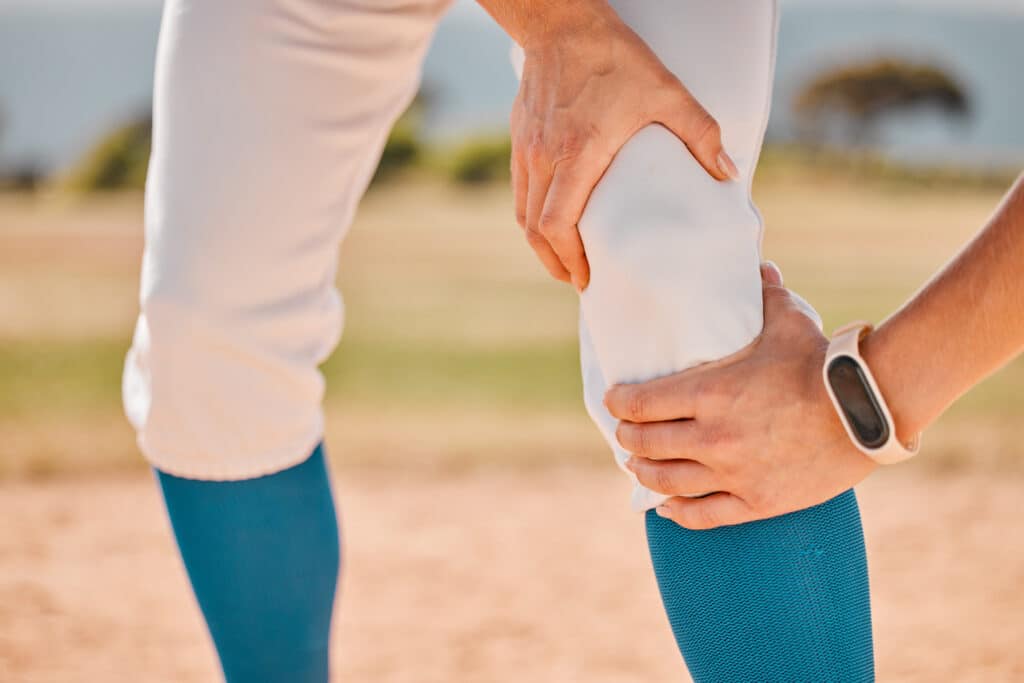We hear you: “How Do I Manage Joint Stiffness While On AAS?”
Well buckle up, because Legacy Pharma is here to answer that exact question for you
When I first started using anabolic-androgenic steroids (AAS) to enhance my bodybuilding journey, I quickly realized that while these compounds offer incredible muscle growth and strength gains, they can also come with some unwanted side effects. One of the most frustrating issues I encountered was joint stiffness. It’s a problem that can really put a damper on your training routine, but over time, I’ve learned how to manage joint stiffness while on AAS, and I’m here to teach you.
If you’re experiencing the same issue, here’s what you need to know:
Understanding How AAS Affects Your Joints

To understand why joint stiffness while on AAS occurs, it’s important to grasp how anabolci steroids work in the body. These steroids enhance muscle growth by increasing the size of muscle cells, but they also affect other tissues, including joints and connective tissue. A few key factors contribute to the stiffness:
- Water Retention and Electrolyte Imbalance: AAS can cause water retention, leading to excess fluid in joint spaces. While this might initially feel like it’s cushioning your joints, too much fluid can disrupt normal joint function and lead to stiffness. Additionally, electrolyte imbalances caused by AAS can affect muscle and joint function.
- Changes in Collagen Synthesis: AAS can alter the way your body synthesizes collagen, the main component of connective tissue. This can lead to decreased elasticity and resilience in your tendons and ligaments, making your joints feel stiffer.
- Increased Muscle Mass: Rapid gains in muscle mass put additional stress on your joints, which might not have enough time to adapt to the new load, leading to discomfort and stiffness.
- Altered Pain Perception: Some AAS can change the way you perceive pain and inflammation, potentially masking minor joint stresses that, over time, lead to stiffness.
Which AAS Are Most Likely to Cause Joint Stiffness?
Not all AAS are created equal when it comes to joint stiffness. In my experience, certain compounds are more likely to cause these issues:
- Winstrol, Masteron, Proviron, Halotestin, and Trenbolone: These are known for causing joint dryness, leading to stiffness.
- High doses of testosterone, Dianabol, and Trestolone can also contribute to joint discomfort, especially when used without proper management.

Strategies for Managing Joint Stiffness While On AAS
Over the years, I’ve developed several strategies to help manage and even prevent joint stiffness while on AAS. Here’s what has worked for me:
1. Use Aromatase Inhibitors Wisely If you’re using wet compounds (those prone to causing water retention), make sure to use an appropriate dose of an aromatase inhibitor (AI) to keep estradiol levels in check. Too much estradiol can cause excess water retention, while too little can lead to joint dryness. It’s all about finding the right balance.
2. Incorporate Joint Health Supplements Supplements have been a game-changer for me. I take Fish Oil (around 6g daily) or Krill Oil (3g daily) to help lubricate my joints. MSM (Methylsulfonylmethane) at 1g daily and a few tablespoons of Collagen Powder are also staples in my routine. These supplements support joint health by reducing inflammation and promoting collagen production.
3. Prioritize Proper Warm-Up and Cool-Down Never underestimate the importance of a good warm-up and cool-down routine. Before hitting the heavy weights, I spend at least 10-15 minutes warming up my joints and muscles. I also make sure to stretch and cool down properly after my workouts. This keeps my joints flexible and reduces stiffness.
4. Monitor Your Hydration and Nutrition Staying hydrated and maintaining a balanced diet rich in omega-3 fatty acids, glucosamine, and chondroitin can do wonders for your joints. These nutrients support joint health and help mitigate stiffness. I also avoid foods that promote inflammation, like processed sugars and trans fats.
5. Listen to Your Body and Adjust Your Training It’s easy to get caught up in the pursuit of personal records, but pushing through joint pain can lead to serious injuries. I’ve learned to listen to my body and adjust my training when needed. If my joints are feeling particularly stiff, I might lower the weight or modify my exercises to reduce the strain.
6. Consider Physical Therapy When joint stiffness becomes more than just a minor annoyance, I’ve found that consulting a physical therapist can be incredibly beneficial. They can provide targeted exercises and therapies to improve joint mobility and alleviate stiffness.
Long-Term Considerations
It’s important to recognize that chronic use of AAS can lead to long-term joint issues. That’s why I make sure to regularly check in with my healthcare provider to monitor my joint health. Early intervention is key to preventing long-term damage, so don’t hesitate to seek professional advice if you’re concerned about your joint health.
Conclusion
Joint stiffness while on AAS is a common issue, but with the right strategies, it’s manageable. By balancing your supplement use, paying attention to your training, and supporting your joints with proper nutrition and supplements, you can keep your joints feeling strong and flexible. Remember, your body is your most valuable tool—take care of it, and it will take care of you.



